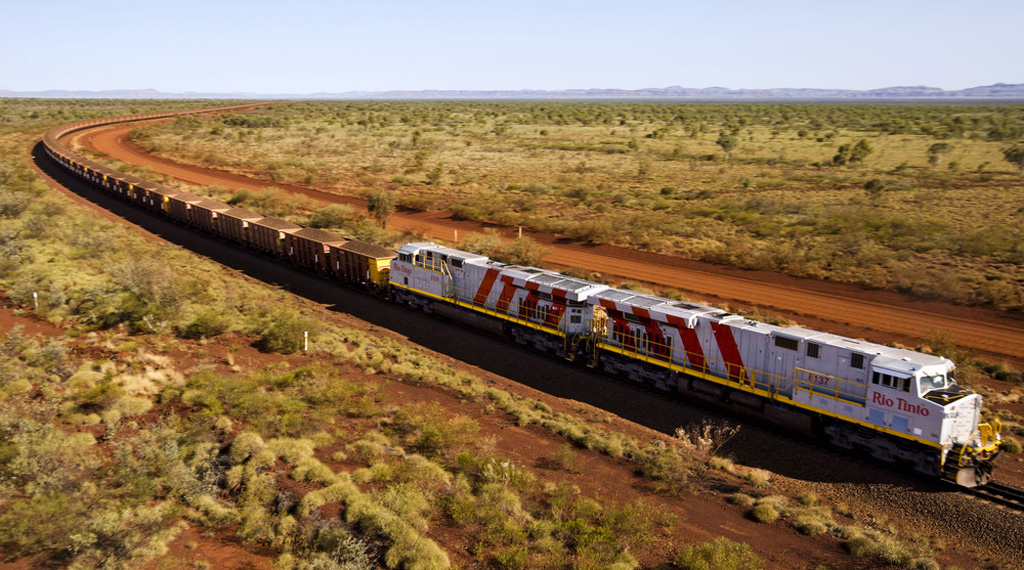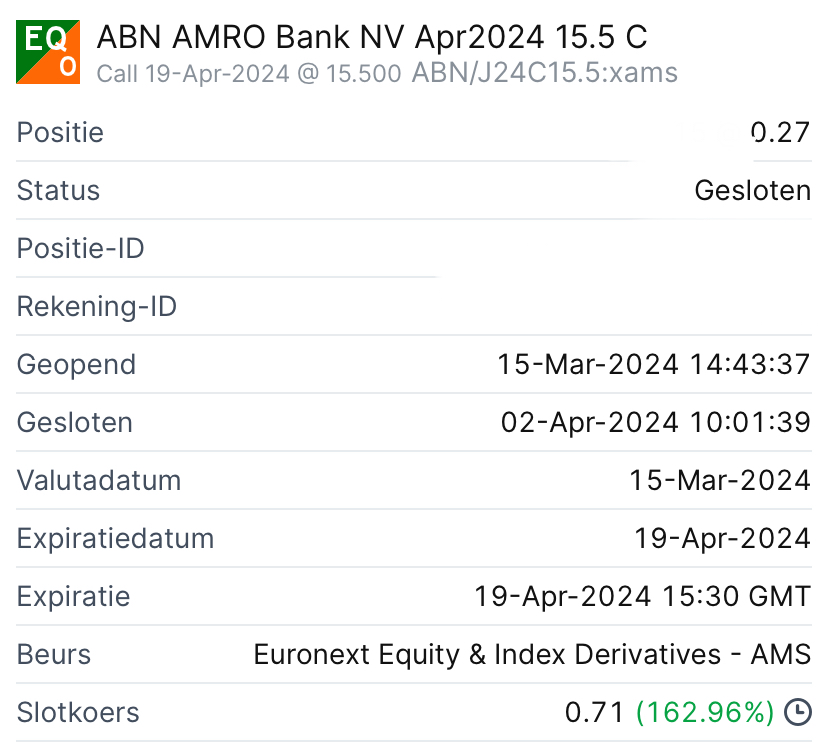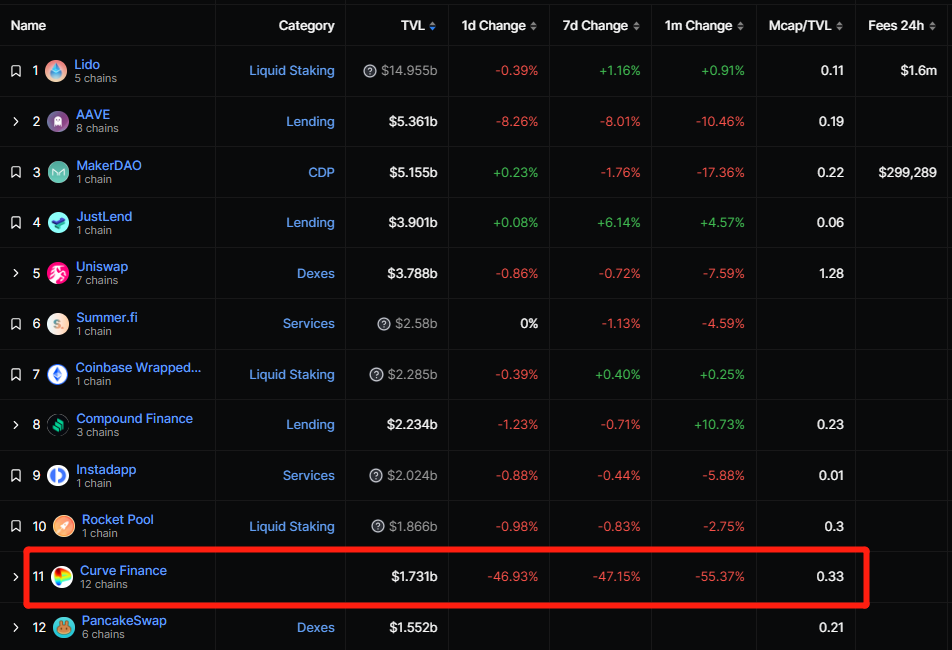Rio Tinto's Pilbara Defence: A Response To Forrest's Criticism

Table of Contents
Rio Tinto's Operational Practices in the Pilbara
Rio Tinto's operations in the Pilbara are vast and complex, impacting the environment, Indigenous communities, and the Australian economy significantly. Understanding their practices is crucial to evaluating the validity of Forrest's criticisms.
Environmental Stewardship: A Commitment to Sustainability?
Rio Tinto emphasizes its commitment to environmental sustainability in the Pilbara. Their initiatives include:
- Water Management: Implementing advanced water recycling and reuse technologies, aiming to minimize freshwater consumption. They report a 25% reduction in water usage per tonne of iron ore produced over the last five years.
- Carbon Reduction: Investing heavily in renewable energy sources and improving operational efficiency to reduce greenhouse gas emissions. Their target is a 50% reduction in carbon emissions by 2030.
- Biodiversity Conservation: Implementing programs to protect and restore native flora and fauna, including habitat restoration projects and endangered species protection initiatives. This includes establishing dedicated conservation areas within their mining leases.
However, Forrest’s criticisms focus on the long-term effects of mining on the Pilbara's delicate ecosystem, questioning the adequacy of Rio Tinto's mitigation efforts and demanding more transparent data on biodiversity loss. Rio Tinto’s response needs to address these specific concerns with quantifiable data and independent verification of their environmental claims.
Indigenous Relations: Partnership or Patronage?
Rio Tinto claims a strong commitment to engaging with Indigenous communities in the Pilbara. Their initiatives include:
- Indigenous Employment: Targeting increased Indigenous employment across their operations, aiming for a significant percentage of their workforce to be Indigenous.
- Land Rights and Heritage Preservation: Collaborating with Indigenous groups to protect culturally significant sites and ensure their involvement in land management decisions. They highlight partnerships with several Traditional Owner groups.
- Joint Venture Agreements: Establishing joint ventures and agreements that provide economic benefits and empower Indigenous communities.
Nevertheless, Forrest has questioned the extent and effectiveness of these partnerships, alleging that Indigenous communities haven't received adequate benefits and their voices haven't been truly heard in decision-making processes. Rio Tinto must provide concrete examples of successful collaborations, address any shortcomings, and demonstrate a genuine commitment to Indigenous self-determination.
Economic Contribution: A Boon or a Burden?
Rio Tinto’s Pilbara operations are a significant contributor to the Australian economy, generating substantial benefits for the region and the nation:
- Job Creation: Direct and indirect employment opportunities, creating thousands of jobs in the Pilbara and supporting regional economies.
- Tax Revenue: Significant contributions to government revenues through royalties, taxes, and other levies.
- Infrastructure Investment: Investing in local infrastructure projects, including roads, railways, and ports, benefiting both the mining operations and the broader community.
However, some argue that the economic benefits are not evenly distributed, with the bulk of the wealth accruing to shareholders and the government, leaving local communities with limited benefits and lasting environmental damage. Rio Tinto needs to provide robust data demonstrating the flow-on economic effects to local communities and refute accusations of disproportionate profit distribution.
Addressing Specific Criticisms from Andrew Forrest
This section directly addresses specific criticisms levied by Andrew Forrest and Rio Tinto's counterarguments.
Counterarguments to Forrest's Claims on Environmental Damage
Forrest has criticized Rio Tinto's environmental practices, citing concerns about dust pollution, water usage, and habitat destruction. Rio Tinto's response needs to include:
- Independent Audits: Citing results from independent environmental audits that verify their environmental performance and demonstrate compliance with regulations.
- Mitigation Strategies: Detailing specific mitigation strategies implemented to reduce environmental impacts, such as dust suppression techniques and habitat restoration programs.
- Data Transparency: Providing transparent data on environmental performance indicators, allowing for independent verification and analysis.
Rebuttal of Accusations Regarding Indigenous Relations
Forrest has expressed concern about the fairness and transparency of Rio Tinto's engagement with Indigenous communities. Rio Tinto needs to counter these claims with:
- Community Consultation: Highlighting instances of meaningful consultation with Indigenous communities on project development and environmental management.
- Benefit-Sharing Agreements: Providing details on benefit-sharing agreements and demonstrating how these agreements benefit Indigenous communities economically and culturally.
- Independent Reviews: Citing independent reviews or audits that assess the effectiveness of their Indigenous engagement programs.
Response to Criticisms Regarding Economic Impact
Critics argue that Rio Tinto's economic benefits haven't been fairly distributed. Rio Tinto must demonstrate:
- Local Procurement: Highlighting their commitment to local procurement and contracting, supporting local businesses and creating jobs in the Pilbara region.
- Community Investment: Detailing investments in community infrastructure and social programs that benefit local communities.
- Economic Impact Studies: Citing independent economic impact studies that quantify the benefits of Rio Tinto's operations for the Pilbara and the wider Australian economy.
Conclusion: Rio Tinto's Pilbara Defence: A Strategic Analysis
Rio Tinto's defense against Andrew Forrest's criticisms hinges on demonstrating a genuine commitment to environmental sustainability, fair Indigenous relations, and significant economic contribution. The effectiveness of their response depends on providing transparent, verifiable data and engaging in open dialogue. While Rio Tinto has outlined various initiatives, the depth and impact of these initiatives remain subjects of ongoing debate. A balanced perspective acknowledges both the company's efforts and the need for continuous improvement and greater transparency. To form your own informed opinion, we encourage you to research further into Rio Tinto's Pilbara operations and review their sustainability reports. The ongoing dialogue and transparency surrounding resource extraction in the Pilbara are crucial for ensuring sustainable development and equitable benefits for all stakeholders. Understanding Rio Tinto's Pilbara Defence is crucial for navigating the complex landscape of Australian mining.

Featured Posts
-
 Uw Gids Voor Het Verkoopprogramma Van Abn Amro Kamerbrief Certificaten
May 22, 2025
Uw Gids Voor Het Verkoopprogramma Van Abn Amro Kamerbrief Certificaten
May 22, 2025 -
 Trans Australia Run Record A New World Standard
May 22, 2025
Trans Australia Run Record A New World Standard
May 22, 2025 -
 Theatre Tivoli Clisson Decouverte En Images Du Site Loto Du Patrimoine 2025
May 22, 2025
Theatre Tivoli Clisson Decouverte En Images Du Site Loto Du Patrimoine 2025
May 22, 2025 -
 Beenie Mans It A Stream New York Show Dates Tickets And More
May 22, 2025
Beenie Mans It A Stream New York Show Dates Tickets And More
May 22, 2025 -
 Understanding Core Weaves Crwv Recent Stock Price Increase
May 22, 2025
Understanding Core Weaves Crwv Recent Stock Price Increase
May 22, 2025
Latest Posts
-
 Significant Gas Price Variation Across Columbus Stations
May 22, 2025
Significant Gas Price Variation Across Columbus Stations
May 22, 2025 -
 Wordle 1358 March 8th Hints And Solution
May 22, 2025
Wordle 1358 March 8th Hints And Solution
May 22, 2025 -
 Wordle Today 1358 Hints Clues And The Answer For Saturday March 8th
May 22, 2025
Wordle Today 1358 Hints Clues And The Answer For Saturday March 8th
May 22, 2025 -
 Todays Wordle Answer Nyt March 18 1368 With Hints
May 22, 2025
Todays Wordle Answer Nyt March 18 1368 With Hints
May 22, 2025 -
 Wordle Hints And Answer Nyt Puzzle 1368 March 18
May 22, 2025
Wordle Hints And Answer Nyt Puzzle 1368 March 18
May 22, 2025
